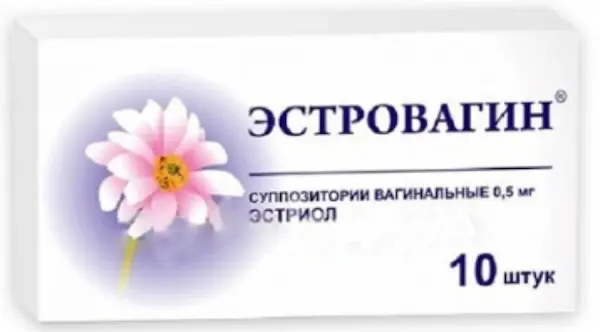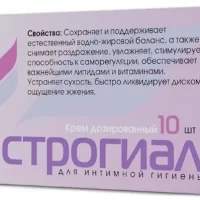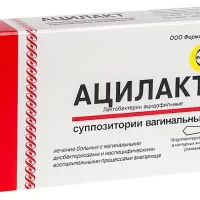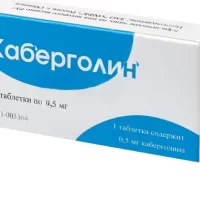Description
Estrovagin Pharmacodynamics
The active ingredient of the drug is estriol – an analogue of the natural female hormone estriol. It replenishes estrogen deficiency in postmenopausal women and relieves postmenopausal symptoms. Estriol is most effective in the treatment of urogenital disorders. In cases of lower urinary tract mucosal atrophy, estriol promotes normalization of urinary and genital tract epithelium and promotes the restoration of normal microflora and physiological pH in the vagina. As a result, resistance of urinary and genital tract epithelium to infection and inflammation increases, vaginal mucous membrane dryness and itching, pain during intercourse, the probability of vaginal and urinary tract infections decreases; therapy with estriol promotes normalization of urination and prevents urinary incontinence.
Unlike other estrogens, estriol has a short period of action (it is established for a short period of time in the nuclei of endometrial cells). It is assumed that a single administration of a daily dose does not cause endometrial proliferation. Therefore, no cyclic progestagen administration is required and no “withdrawal” bleeding occurs.
Indications
Substitutive hormonal therapy (HRT): treatment of mucosal atrophy of the lower urinary and genital tracts, connected with a deficiency of oestrogens at women in postmenopause.
Pre- and postoperative therapy in postmenopausal women during surgical intervention with vaginal access.
As an auxiliary diagnostic tool in obtaining atrophic cervical smear pattern.
Contraindications
- Hypersensitivity to estriol and/or to any of the drug’s excipients;
- Diagnosed, history or suspected breast cancer (BC);
- diagnosed or suspected estrogen-dependent tumors (e.g., endometrial cancer);
- Vaginal bleeding of unclear etiology;
- Untreated endometrial hyperplasia;
- current or history of venous thromboembolism (VTE) (deep vein thrombosis, pulmonary embolism);
- confirmed thrombophiliac disorders (e.g. protein C, protein S or antithrombin III deficiency, etc.)
- arterial thrombosis or thromboembolism (ATE), including myocardial infarction, stroke, cerebrovascular disorders; or prodromal conditions (including transient ischemic attack, angina pectoris);
- Acute liver disease or a history of liver disease from which liver function has not returned to normal;
- porphyria;
- Pregnancy and breastfeeding.
Dosage and administration
- Intravaginally, in the evening before bedtime. The suppository should be inserted deep into the vagina.
- In treatment of atrophy of a mucous membrane of the bottom parts of urinary and genital tracts, connected with deficiency of oestrogens at women in postmenopause:
- 0.5 mg (1 suppository) daily for the first 2-3 weeks (up to a maximum of 4 weeks), then the dose is gradually reduced, based on the dynamics of symptoms, 0.5 mg (1 suppository) 2 times a week.
- Pre- and postoperative therapy of women in the postmenopausal period during vaginal surgery:
- 0.5 mg (1 suppository) per day for 2 weeks before surgery;
- 0.5 mg (1 suppository) 2 times a week for 2 weeks after surgery.
- As an auxiliary diagnostic tool in obtaining an atrophic cervical smear pattern:
- 0.5 mg (1 suppository) every other day for 1 week before the next smear.
- If a suppository is missed, it should be administered as soon as the patient remembers it (2 suppositories a day should not be administered); thereafter, the drug should be administered according to the usual dosing regimen.
- For therapy of symptoms of estrogen deficiency in postmenopausal women, the smallest effective dose should be used for the shortest period of time.




